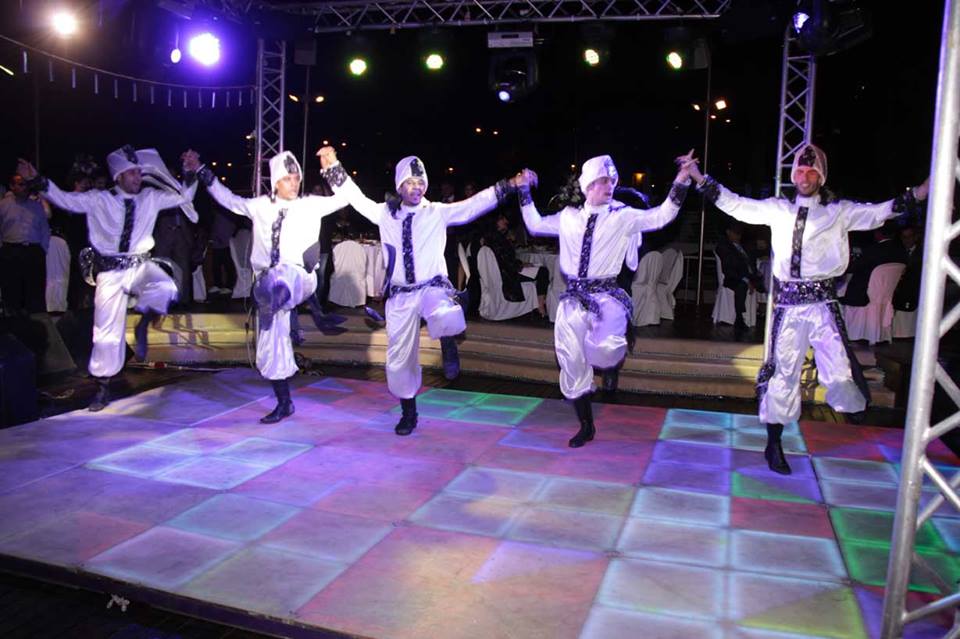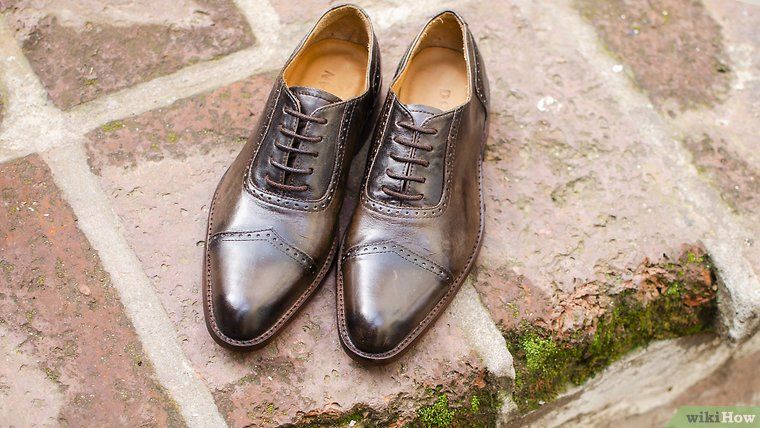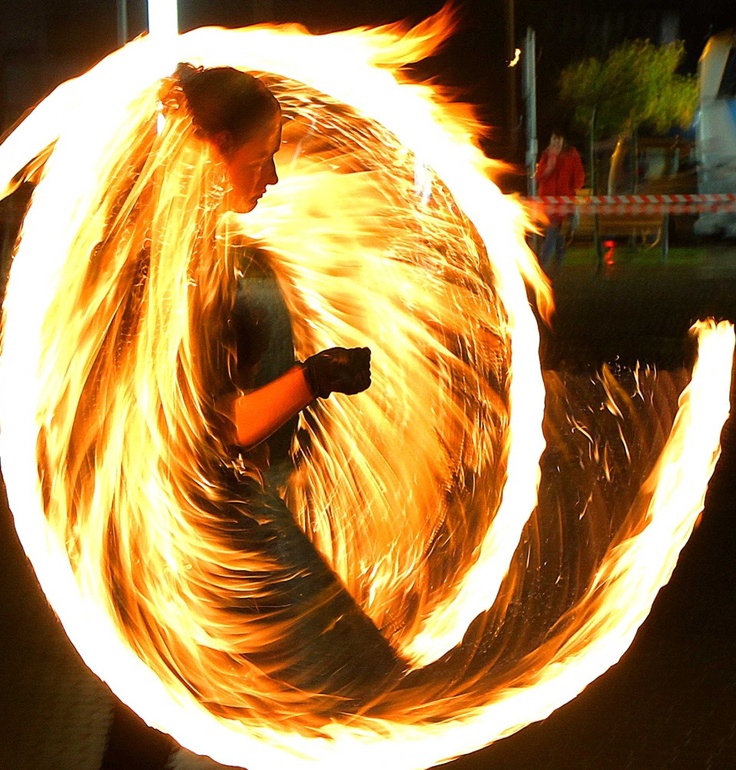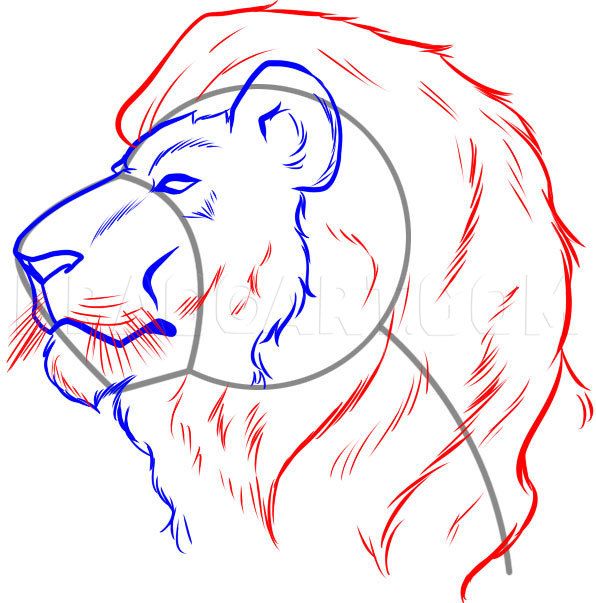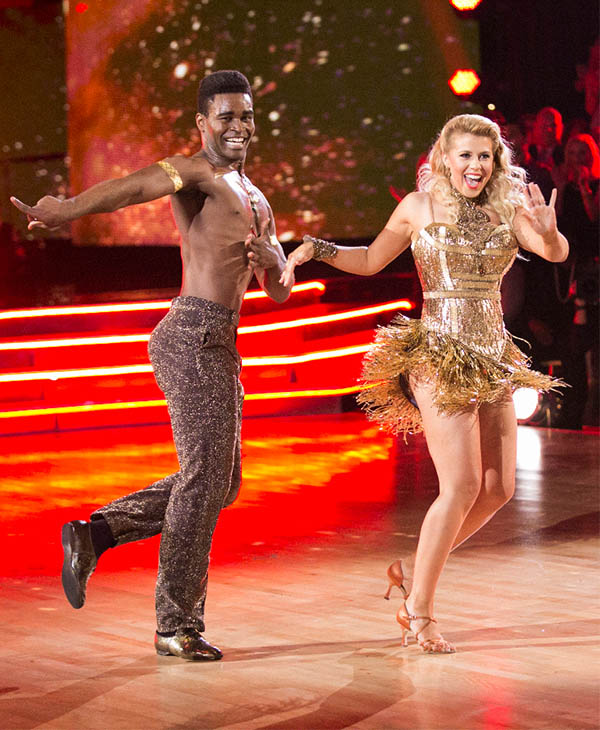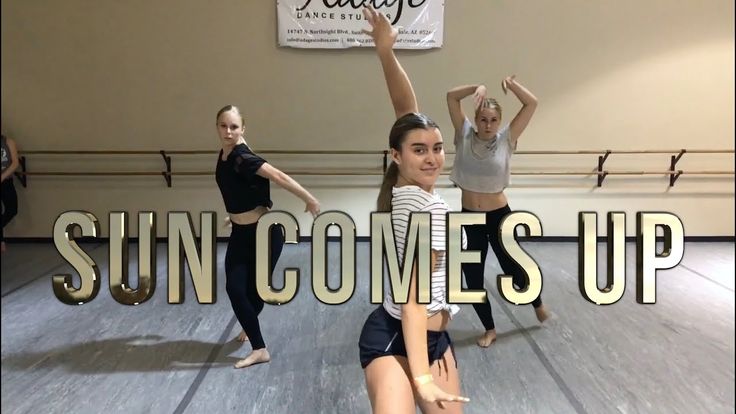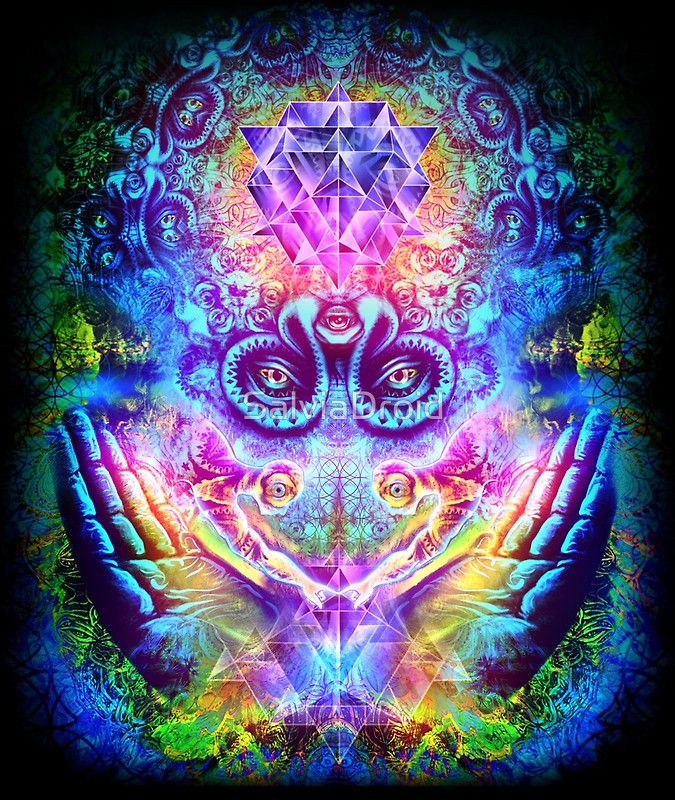How to dance dabke lebanese
Dabke (L*), Debke – Lebanon, Palestine, Syria, Jordan – Revised and Expanded – Folkdance Footnotes
*a Living dance is a 1st Generation dance that is still performed in the country of origin (or immigrant communities) as part of a social event like a wedding where others can participate (not for an audience) by people who learned the dance informally (from friends and relatives by observation and imitation, not in a classroom situation). For more information, click here and here.
About Dabke
Dabke, Debke, is THE dance genre of the Levant – Syria, Lebanon, Jordan, Palestine, and parts of Israel, Iraq, Turkey, Yemen, and Saudi Arabia. I say dance genre because, although there is one basic step that is typical of the most popular type of dabke, there are many types of dabke, some of which have other basic steps. Furthermore, many Levantine people label any long-line, mixed gender, simple group dance a dabke, including dances by Assyrians, Kurds, Turks and others who do not have dabke in their tradition. Beware of YouTubes labeled Dabke!
Generally speaking, when Levantines speak of dabke, they mean a dance where everyone can participate, but where the line has 3 distinct parts.
- 1. The raas (“head”) or lawweeh (also spelled “lawih”) who leads the line; an accomplished dancer who inspires and directs the line, and may improvise sometimes spectacular steps, leaps, twists, and other acrobatic moves.
- 2. The next 2 or 3 people in line – trusted partners who can support the leader by anticipating and copying the leader’s moves, or physically support the leader when the leader leaps, drops, leans, etc.
- 3. Everybody else, who are there to witness and enjoy participating in a group event, and to dance a simple step, which may change occasionally at the leader’s direction.
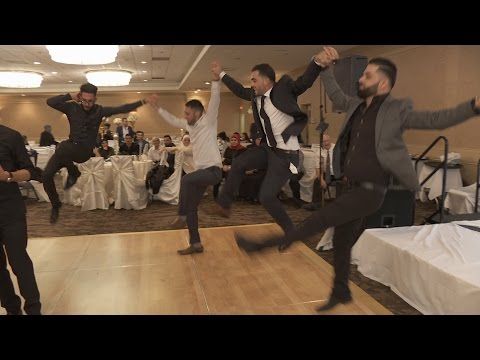 https://www.youtube.com/watch?v=HYxQMbsmPaw
https://www.youtube.com/watch?v=HYxQMbsmPawNote the basic dabke step has 6 counts or steps and moves to the right. Some folk dance scholars note a similarity between dabke and a more universal 6-count line dance – what I term the Taproot Dance. For more on this dance click https://folkdancefootnotes.org/begin/the-taproot-dance/. I don’t consider dabke a Taproot Dance because it lacks the “2 to the right, 1 to the left ” direction pattern and also lacks the “step, step, step,___ step___,” pattern of weight shifts – both are essential elements of Taproot. The essential element of dabke is a STAMP, and also, usually, many more steps with the left foot than the right. The ‘basic’ above, for instance is cross step left, right, cross step left, right, lift left, stamp left.
According to Lebanese historian Youssef Ibrahim Yazbec, the dabke descends from Phoenician dances thousands of years old. [6] The dabke jumps may have originated in ancient Canaanite fertility rituals related to agriculture, chasing off evil spirits and protecting young plants.[7]
[6] The dabke jumps may have originated in ancient Canaanite fertility rituals related to agriculture, chasing off evil spirits and protecting young plants.[7]
Here’s a Lebanese documentary, explaining what Dabke means to the people of the Levant.
The etymology of dabke is uncertain, but it is thought to be derived from the Levantine Arabic word dabaka (Arabic: دبكة) meaning “stamping of the feet”[3][4][5] or “to make a noise”.[6]
The legend of dabke‘s origin.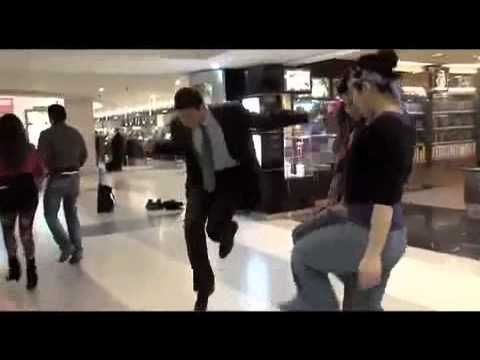 https://www.youtube.com/watch?v=CrTmWh8-fI0 This YouTube is an excerpt from a longer YouTube about the Syrian community of Argentina, found here: https://www.youtube.com/watch?v=syRa2Lsq1C4
https://www.youtube.com/watch?v=CrTmWh8-fI0 This YouTube is an excerpt from a longer YouTube about the Syrian community of Argentina, found here: https://www.youtube.com/watch?v=syRa2Lsq1C4Found here: https://dabka2.blogspot.com/: The leader, called raas (“head”) or lawweeh (also spelled “lawih”) which means to wave, is allowed to improvise on the type of dabke. The leader twirls a handkerchief or string of beads known as a masbha (similar to a rosary), while the rest of the dancers keep the rhythm. Hands are joined together in a palm to palm clasp or by linking pinkies. Arms are held straight down at the sides or can be slightly bent (if the hands are clasped correctly). Shoulders are very close to one another. The physical closeness creates an experience of cultural unity. The movements are synchronized. Uniform movements are what make a debke successful. The dancers also use vocalizations to show energy and keep up the beat. The dabke leader is supposed to be like a tree, with one arm in the air, a proud and upright trunk, and feet that stomp the ground in rhythm. At weddings, the singer begins with a mawwal. The raas or lawweeh takes the lead. Everyone does a basic 1-2-3 step before the song kicks in. At weddings, the dance is sometimes performed by a professional troupe dressed in costume.
The dabke leader is supposed to be like a tree, with one arm in the air, a proud and upright trunk, and feet that stomp the ground in rhythm. At weddings, the singer begins with a mawwal. The raas or lawweeh takes the lead. Everyone does a basic 1-2-3 step before the song kicks in. At weddings, the dance is sometimes performed by a professional troupe dressed in costume.
Song Genres There are numerous kinds of songs that are sung during and specifically for dabke, by both men and women respectively, depending on the occasion, song, and audience. Some of the most popular of these songs, such as Dal Ouna (دلعونا), Al Jafra (الجفرا), Al Dahiyya (الدحية), and Zareef il-Tool (ظريف الطول), are actually entire genres in themselves, in the sense that lyrics can vary significantly in each performance but the basic rhythm of the music is consistent and recognizable. This variation can be seen in the hundreds of lyrical variations heard and recorded of these songs which regardless of specific lyrics, are recognized by their rhythm and at times, a single phrase, as in Ala Dal Ouna, Jafra, and others.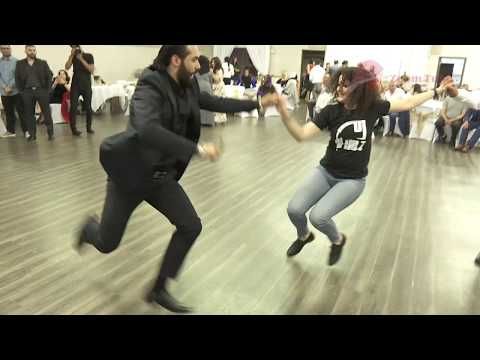 For example, even though one might have heard Ala Dal Ouna sung previously telling a different story in this famous love song, people will still call another song ascribing to the same rhythm and theme as Dal Ouna.
For example, even though one might have heard Ala Dal Ouna sung previously telling a different story in this famous love song, people will still call another song ascribing to the same rhythm and theme as Dal Ouna.
 This recording is not the actual wedding, but a so called “Sahra”, which take places the night before. https://www.youtube.com/watch?v=PTfgwxIzC_4Simple wedding dabke‘s are harder to find. https://www.youtube.com/watch?v=JnBszWEQiO0
This recording is not the actual wedding, but a so called “Sahra”, which take places the night before. https://www.youtube.com/watch?v=PTfgwxIzC_4Simple wedding dabke‘s are harder to find. https://www.youtube.com/watch?v=JnBszWEQiO0Wikipedia says there are about 20 different types of Dabke, of which six are main types. I tried Googling each type, and found only a couple of YouTubes with these labels.
- Al-Shamaliyya (الشمالية): is probably the most famous type of dabke. It consists of a lawweeh (لويح) at the head of a group of men holding hands and formed in a semicircle. The lawweeh is expected to be particularly skilled in accuracy, ability to improvise, and quickness (generally light on his feet).
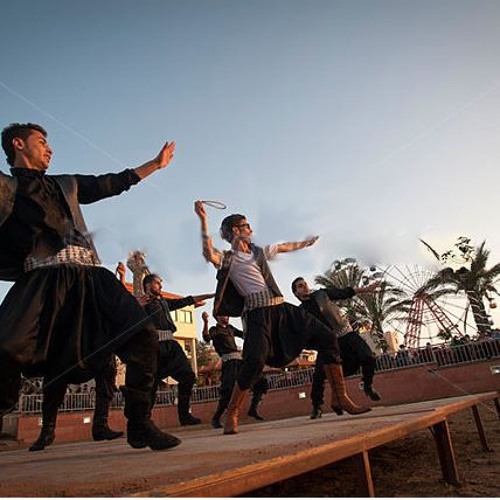 Typically, the dabke begins with a musician playing a solo on the mijwiz or yarghoul of a Dal Ouna piece, often with two singers accompanying his music. The dancers develop a synchronized movement and step and when the singers finish their song, the lawweeh breaks from the semicircle to dance on his own. When the leader of the dabke sees that the men’s steps are one, in sync, he instructs the dancers to slow down and begin a movement crossing their right foot in front of the opposite one (their left foot). The lawweeh continues to inform the dancers of their basic rhythms, and at this point other guests at the wedding or event occurring will join in the dabke line. This is the most popular and familiar form of dabke danced for happy family celebrations, such as weddings, circumcisions, the return of travelers, release of prisoners, and also for national holidays, in which dabke becomes a demonstration of national personality.[10]
Typically, the dabke begins with a musician playing a solo on the mijwiz or yarghoul of a Dal Ouna piece, often with two singers accompanying his music. The dancers develop a synchronized movement and step and when the singers finish their song, the lawweeh breaks from the semicircle to dance on his own. When the leader of the dabke sees that the men’s steps are one, in sync, he instructs the dancers to slow down and begin a movement crossing their right foot in front of the opposite one (their left foot). The lawweeh continues to inform the dancers of their basic rhythms, and at this point other guests at the wedding or event occurring will join in the dabke line. This is the most popular and familiar form of dabke danced for happy family celebrations, such as weddings, circumcisions, the return of travelers, release of prisoners, and also for national holidays, in which dabke becomes a demonstration of national personality.[10] - Al-Sha’rawiyya (الشعراوية): is limited to men and is characterized by strong steps or stomps.
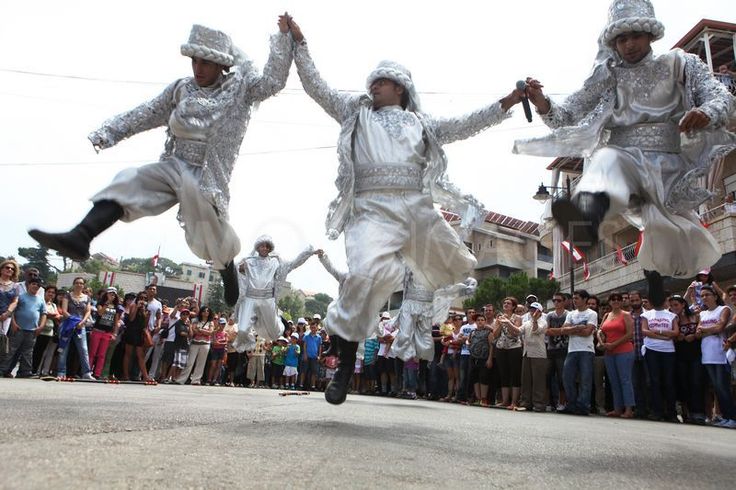 The lawweeh is the most important element in this type of dabke.[10]
The lawweeh is the most important element in this type of dabke.[10] - Al-Karaadiyya (الكرادية): is characterized by a lack of a lawweeh and slow movement with an azif (عازف) (flute player) in the middle of the circle.[10]
- Al-Farah (الفره): is one of the most active types of dabke and therefore requires a high degree of physical fitness.[10]
- Al-Ghazal (الغزل): is characterized by three strong stomps of the right foot, and is usually tiring for those dancing.[10]
- Al-Sahja (السحجة): is a popular Palestinian and Jordanian dance which became significantly more popular during the British Mandate for Palestine. Al-Sahja belongs mostly to northern and central Palestine, and in the south has two kinds: As-Samir (السامر) and Al-Dahiyya (الدحية). As-Samir’s form involves 2 rows of men on opposite walls, competing with folk poetry, sometimes improvised and even exchanging insults, competing in cleverness of retorts.
 Al-Dahiyya is a Bedouin version of the same kind in which there is a professional dancer that dances between the two opposing walls of men who are competing for her attention, and at times give her money. Al-Sahja usually occurs the night before the wedding party of the groom (zafat al-‘arees), with most of the men in the village participating, especially those who will be attending or are directly involved in the other wedding festivities.”
Al-Dahiyya is a Bedouin version of the same kind in which there is a professional dancer that dances between the two opposing walls of men who are competing for her attention, and at times give her money. Al-Sahja usually occurs the night before the wedding party of the groom (zafat al-‘arees), with most of the men in the village participating, especially those who will be attending or are directly involved in the other wedding festivities.”
Lately the dabke has become more of a performance dance where a group of friends practice constantly until they can do complex steps in unison, then perform at weddings and celebrations. Most of the dabke YouTubes seen today are of this type – people want to see the most spectacular moves.
A sampler of current masters https://www. youtube.com/watch?v=_OeI00gA5ugAnother (rival) master Tamer Akil https://www.youtube.com/watch?v=-KOSWfExFAUGirls are dancing debka, too! https://www.youtube.com/watch?v=ywr-Ez2BJyIhttps://www.
youtube.com/watch?v=_OeI00gA5ugAnother (rival) master Tamer Akil https://www.youtube.com/watch?v=-KOSWfExFAUGirls are dancing debka, too! https://www.youtube.com/watch?v=ywr-Ez2BJyIhttps://www. youtube.com/watch?v=G5KfvP4qXa0Canada is home to much dabke https://www.youtube.com/watch?v=tZcuhZa0rns
youtube.com/watch?v=G5KfvP4qXa0Canada is home to much dabke https://www.youtube.com/watch?v=tZcuhZa0rnsHow to Dabke –
Al-Shamaliyya type?The Wikipedia description (above) of Al-Shamaliyya (الشمالية) fits what is by far the most prevalent type of dabke found on YouTube, so I’m assuming that when Levanitne YouTubes teach dabke, they’re teaching Al-Shamaliyya. It’s also possible that only scholars refer to types of dabke.
Basic Lebanese steps https://www. youtube.com/watch?v=K1XbND-e-9QSome simple Palestinian line moves https://www.youtube.com/watch?v=KWWHGdgjEbEPalestinian basic, saba, mijwez moves. https://www.youtube.com/watch?v=Xeo3DHnsdxc&t=206sSome fancy Palestinian in-line steps.
youtube.com/watch?v=K1XbND-e-9QSome simple Palestinian line moves https://www.youtube.com/watch?v=KWWHGdgjEbEPalestinian basic, saba, mijwez moves. https://www.youtube.com/watch?v=Xeo3DHnsdxc&t=206sSome fancy Palestinian in-line steps.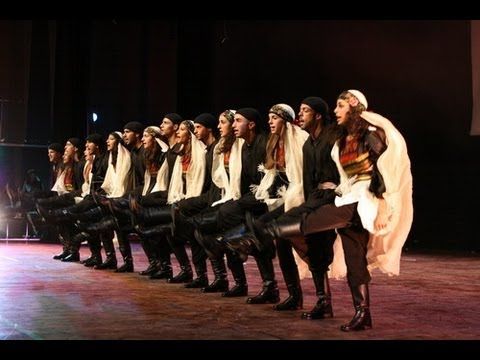 Index is below. https://www.youtube.com/watch?v=JJIx5Nbw8e4
Index is below. https://www.youtube.com/watch?v=JJIx5Nbw8e4Leader (
lawweeh) moves Some simple Lebanese leader’s steps. https://www.youtube.com/watch?v=AkukpzPHTnQ More lawweeh moves. https://www.youtube.com/watch?v=pCYl-S5qR0gShayyel series
Here’s an entertaining series, each YouTube teaches a different step.
Be sure to turn on the subtitles by clicking on the red line under the CC ikon.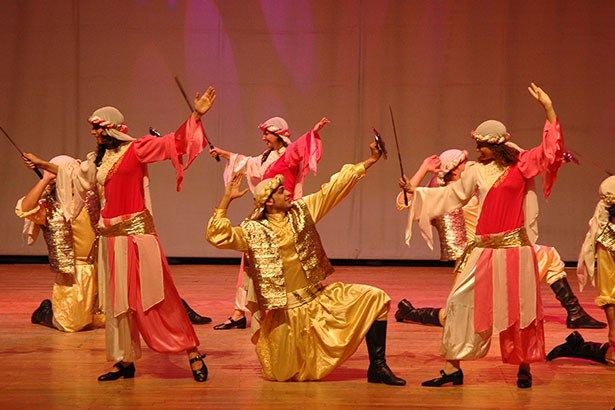
2. Kalashnikov https://www.youtube.com/watch?v=y0731ThYWJQ
3. Al Shamali https://www.
 youtube.com/watch?v=g6JjJ9hQDyY 4. With Rhythm https://www.youtube.com/watch?v=5eHmY6fT6dc 5. The Deer https://www.youtube.com/watch?v=QwUEUElaRQU6.
youtube.com/watch?v=g6JjJ9hQDyY 4. With Rhythm https://www.youtube.com/watch?v=5eHmY6fT6dc 5. The Deer https://www.youtube.com/watch?v=QwUEUElaRQU6. One and a half https://www.youtube.com/watch?v=MMKoaTEcGNM7. Palestinian wedding https://www.youtube.com/watch?v=KYgUChUNItg8. Dazi https://www.youtube.com/watch?v=D-br8oAqKmI9.
One and a half https://www.youtube.com/watch?v=MMKoaTEcGNM7. Palestinian wedding https://www.youtube.com/watch?v=KYgUChUNItg8. Dazi https://www.youtube.com/watch?v=D-br8oAqKmI9.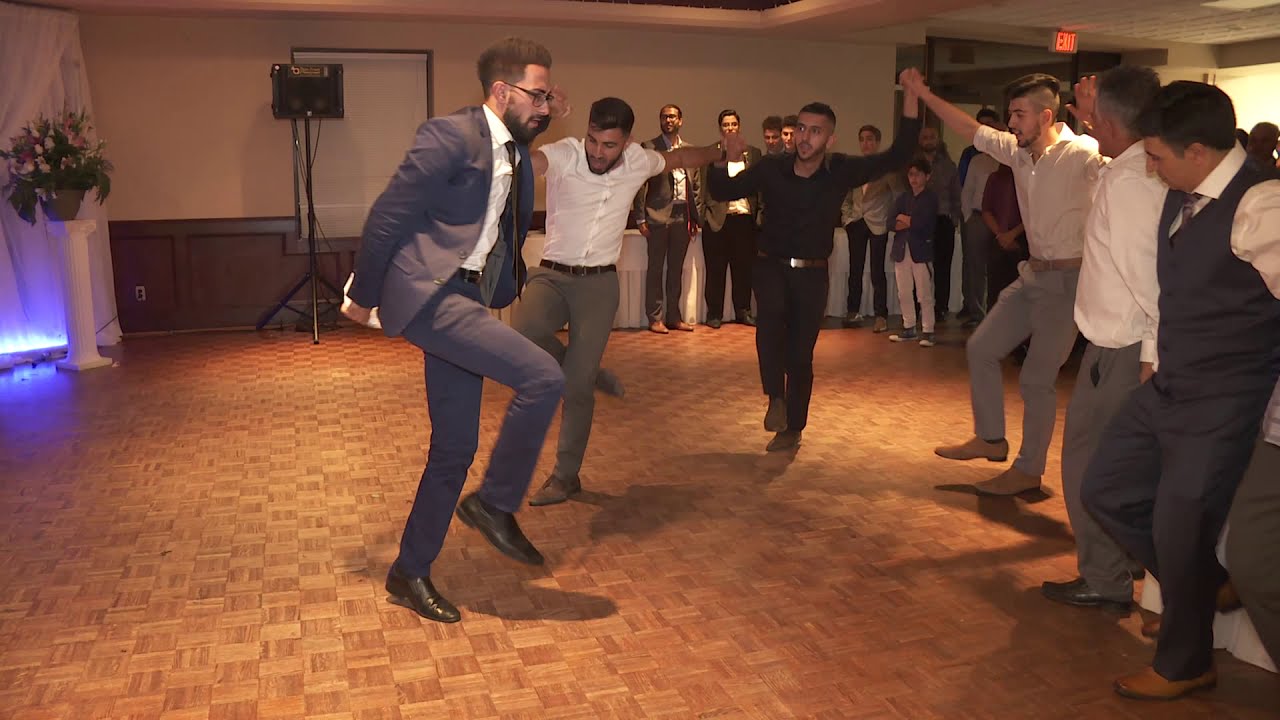 The five https://www.youtube.com/watch?v=6WoD6DxPALg10. The Scissors https://www.youtube.com/watch?v=-BQoJDGX3z4
The five https://www.youtube.com/watch?v=6WoD6DxPALg10. The Scissors https://www.youtube.com/watch?v=-BQoJDGX3z4Like this:
Like Loading...
All About Dabke - Pita Pita Blog
Dabke is an exuberant, joyful form of traditional line and circle dancing with origins in Middle Eastern culture and Bedouin tribes. Large groups of people interlock arms, tap and stomp with their feet, and sing or chant. Their purpose is to share historical narratives and vibrant folk legacies.
Its communal, happy expression fits a hallmark trait of Palestinian culture
especially. Today Dabke goes beyond meaningful, culturally relevant steps and
dance into a spectacle of traditional dress, unity and even social protest.
How Dabke arose
People from villages and towns in Palestine, Lebanon and other Middle Eastern regions often lived in humble homes made of tree branches and mud. When cracks arose in these homes and their rooftops, the people would gather to join hands and work in lines to seal the cracks. As the weather became colder, singing helped take the people's minds off their work and needs for warmth.
Thus Dabke arose. The pattern of singing, working and stomping remained a symbol of struggle and survival for the people even when home-building methods and strong roof-building strategies advanced. Older generations passed this traditional pattern on as work songs and traditional dances to commemorate history throughout Arab cultures.
Deeper meanings in Dabke
As the roofing struggles improved, Dabke continued with young people in lands
such as Lebanon in particular. They embraced the art form as a link to history
and heritage.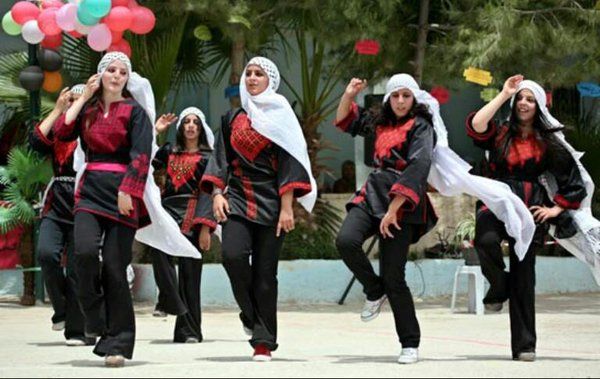 The intergenerational tradition evolved into different forms such as
al karradiyeh and al tayyara, for youth who can handle its fast and nimble
footwork, and al dalona, a slower form people of all ages can enjoy together.
The intergenerational tradition evolved into different forms such as
al karradiyeh and al tayyara, for youth who can handle its fast and nimble
footwork, and al dalona, a slower form people of all ages can enjoy together.
Dabke centers many weddings, parties and important festivities in the Middle East or among Middle Eastern people spread throughout many places in the world. These celebrations usually feature live bands and traditional dress, including the “kufiyyeh” traditional scarf for men and women.
An important development in Dabke dance was its social function. After the Gaza massacres, dozens of dancer-activists organized troupes to perform Dabke throughout Great Britain. Their spirited performances reminded the world of their slain people's humanity and value, and shed a lot of light on Palestine.
Dabke today
Dabke remains alive and well today at Middle Eastern weddings, community
celebrations and home events. Ramallah's El-Funoun and Bethlehem's Diyar
Dance Theatre are among the many professional Dabke dance troupes bringing
this unique tradition to wider recognition and prominence onstage before
captivated audiences.
Ramallah's El-Funoun and Bethlehem's Diyar
Dance Theatre are among the many professional Dabke dance troupes bringing
this unique tradition to wider recognition and prominence onstage before
captivated audiences.
With the biggest U.S. Palestinian population, Chicago is home to many Palestinian people, and Pita Pita Mediterranean Grill is an authentic taste of this rich culture. This local Mediterranean restaurant is a memorable spot to fit in healthful, exquisite meals, with vegan and vegetarian options. Experience the signature and succulent flavors one would expect to find at any gathering of Middle Eastern people who know what Dabke is, how to dance it and why it is so important to the world now.
Arabic dance Dabq
Traditional Arabic dance Dabq — dynamic, emotional, bright and free. It gives a sense of solidarity, uniting even strangers - often people, having heard their favorite tunes, drop their business and join the dancers. And how to dance dabka, in Lebanon , where it is especially popular, everyone knows from an early age - this dance conveys the spirit of strong friendship of the Lebanese people and charges with a good mood.
And how to dance dabka, in Lebanon , where it is especially popular, everyone knows from an early age - this dance conveys the spirit of strong friendship of the Lebanese people and charges with a good mood.
Dabka is rightly called the Arab step - the dance consists of fast and varied steps, jumps, kicks.
The pace and mood of the whole group is set by the leader - ras (from Arabic "head"), who quickly rotates beads like a rosary in his hand. Instead of a rosary in his hands, there may be a handkerchief weighted with a special weight, a short thick cane, or even a saber. It is believed that his hands characterize the weapon, and with his feet he emphasizes his connection with the earth.
The leader is allowed to improvise, all the other dancers obey him - synchronously repeat energetic movements, keep a single rhythm and cheer each other up with fervent exclamations, lining up in a line of 20-30 people, which gives rise to a feeling of a single whole and an irresistible desire to merge with the dance.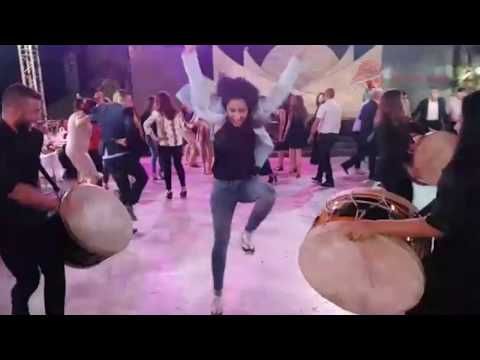 Dabka is so rhythmic and bright that it is hard to sit still while watching the dancers.
Dabka is so rhythmic and bright that it is hard to sit still while watching the dancers.
Dabka is considered a male dance, but can be performed by women as well as by a mixed group. Men dance widely and sharply, their jumps are long and high. Women have more modest movements, and some of them they do not do at all, giving men the right to solo.
The origin of dance.
The Dabka dance originated in Lebanon, and there are a lot of legends about its origin. According to one of them, the dance originated during the construction of houses, when men jointly trampled down thatched roofs. It is believed that in the same way, farmers trampled the earth to make it fertile. Another legend claims that when the Ottoman Empire invaded the territory of modern Lebanon, the inhabitants danced on the roads, breaking them and preventing the Turks from getting from city to city.
There is a version that the origin of the dabka, which is also called the dance of solidarity, was influenced by Turkish culture.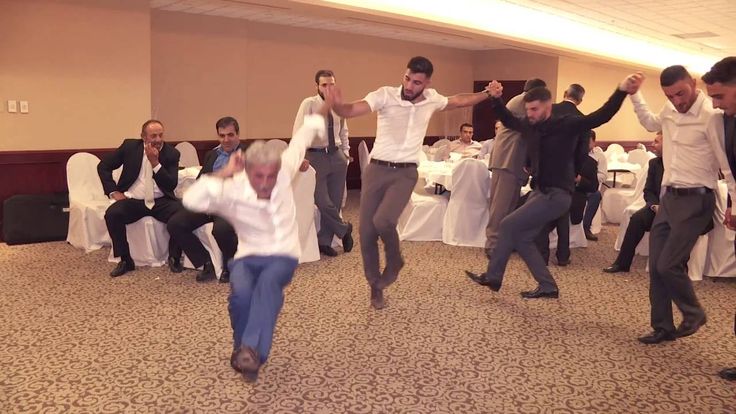 At the same time, Gypsy culture first influenced Turkish culture, and Turkish culture itself, in turn, influenced Arab culture. As proof, the same songs are cited by the Arabs and the Turks. Be that as it may, the dance enjoys great recognition in many Arab countries.
At the same time, Gypsy culture first influenced Turkish culture, and Turkish culture itself, in turn, influenced Arab culture. As proof, the same songs are cited by the Arabs and the Turks. Be that as it may, the dance enjoys great recognition in many Arab countries.
There is no single style of dabka, in each country and even city it has its own presentation, its own character. Syrians, Palestinians, Iranians brought their influence to Dabka, making the dance more diverse.
In Lebanon itself, there are several types of dabka - traditional , Baalbakiya , Badawiyya , Khaizrani (symbolizing the struggle) and others. All of them are very similar to each other and originated from songs with similar names, under which they are performed. During the holidays, the traditional dabka is preferred so that everyone can join the dance.
For the first time on stage, a dabka was performed as part of an international festival in Baalbek in 1960 , and this was preceded by a request from the Lebanese President Camille Chamoun to the famous Russian choreographer Igor Moiseev , so that he, having studied the steps of the dabka, would establish a classical basis for dance. So, thanks to the Russian choreographer, the dubka became popular. Subsequently, the dance was modernized by the Lebanese brothers-composers Assi and Mansour Rahbani .
So, thanks to the Russian choreographer, the dubka became popular. Subsequently, the dance was modernized by the Lebanese brothers-composers Assi and Mansour Rahbani .
In 2007, a world record was set in Palestine - the longest dabka round dance out of three thousand people!
Music .
Dabka is a very temperamental and incendiary dance, which does not leave any spectator indifferent with its "hot" rhythms.
Music for dubka is groovy and fast with a four-quarter rhythm. This is a folklore rhythm often used in Lebanon, Syria and Iraq. Less often, a three-quarter rhythm can be found, which is explained by Turkish influence. The dance is accompanied not only by music, but also by a song with male vocals.
Dabka musicians play the darbuk (tabla), an ancient percussion instrument, a small goblet-shaped drum; rebabe - a one-string instrument, and the melody is played by a mizmar - a folk wind instrument.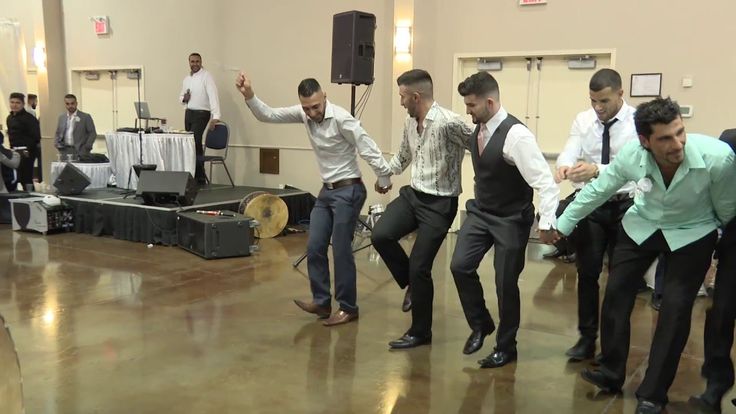
According to one version, the dance could get its name from - darbuki ("darba" - from Arabic "hit"). The darbuka is the solo instrument in the dub, while the tablist who plays it also participates in the dance.
Traditional costume.
As a rule, the colors of clothes are matched to match the national flag of the country. In Lebanon it is red and green. Costumes are decorated with their own symbols, often crosses are embroidered on them - this is how the dancers show their religious affiliation.
Men dance in a plain shirt, waistcoat and wide trousers ( shiruel ), which are tucked into high boots. A red cap is put on the head - tarboush or a scarf is tied in a special way.
Women's costume is brighter, more complex and varied.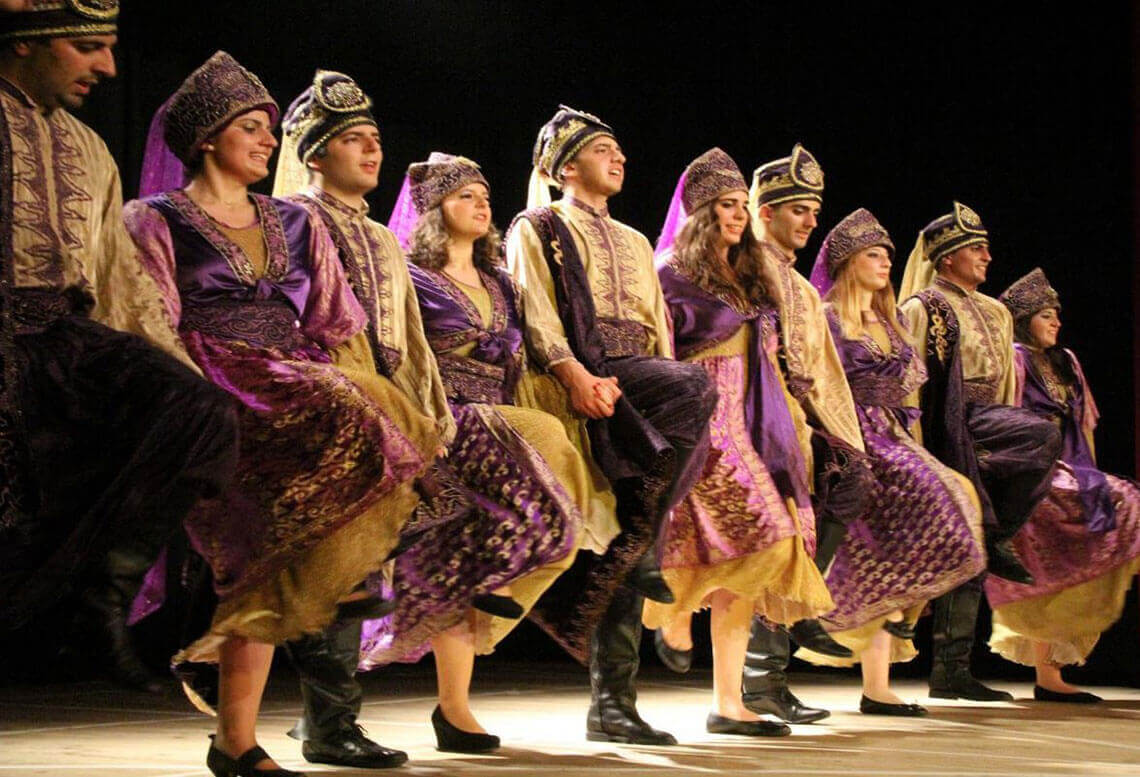 This may be borrowing men's clothing; skirt, bloomers or long robe; a blouse with a vest or caftan of medium (or slightly lower) length; apron. Small handkerchiefs can be sewn on the sleeves, and a scarf is necessarily tied on the head. Women dance either in boots or in shoes with small heels. There is also a kind of belt.
This may be borrowing men's clothing; skirt, bloomers or long robe; a blouse with a vest or caftan of medium (or slightly lower) length; apron. Small handkerchiefs can be sewn on the sleeves, and a scarf is necessarily tied on the head. Women dance either in boots or in shoes with small heels. There is also a kind of belt.
Nothing reflects the culture of the people like their dances, and the dabka lives in the very soul of the Lebanese. Even the modern youth of Beirut in jeans and sneakers familiar to everyone, holding hands to the thundering rhythm of the DJ, loves to perform their national dance at real dab-parties in nightclubs.
Text: Grishina Julia
Dance Dabka - Lebanese belly dance in St. Petersburg. Eastern wind.
- You are here:
- Home
- Dances
- Articles about dances
- Dabka - Lebanese dance
- Dance Articles
Dabka dance - Lebanese dance style. All peoples have incendiary and rhythmic music. And when a person, inspired by fast rhythms, starts dancing, then a dance is born, which can be called differently by different peoples, but has one essence. Stomp heartily to the rhythm of the music. Thus was born the step, trepak and dance.
All peoples have incendiary and rhythmic music. And when a person, inspired by fast rhythms, starts dancing, then a dance is born, which can be called differently by different peoples, but has one essence. Stomp heartily to the rhythm of the music. Thus was born the step, trepak and dance.
In the Mediterranean countries from Libya to the Balkan Peninsula, the Dabka dance is known, whose name can be translated as “stomping”. It is danced in Egypt and other countries.
And the most popular version of the dabka dance came to us from Lebanon.
Dabka is a traditional group dance that is still danced on the day of the grape harvest celebrations in many Lebanese villages.
According to one version, this dance can be jokingly called "construction dance". In Asia, building materials are very common, which cannot be used in northern latitudes. In the almost complete absence of wood for construction, the locals learned to knead palm leaves or reeds with clay, making various buildings out of them and using them for the roof of their houses.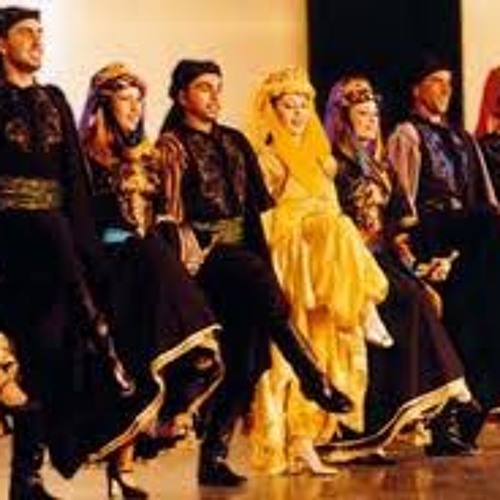 To do the tedious work of kneading clay with plants, relatives and friends gathered together, holding each other's hands. And to make the work more fun, they sang songs and danced.
To do the tedious work of kneading clay with plants, relatives and friends gathered together, holding each other's hands. And to make the work more fun, they sang songs and danced.
Traditional instruments for dabka have always been the drum - tabla and mijwiz - one of the types of clarinet.
Another version of the origin of the dance, which can be called "political" does not contradict the "construction" version. According to this version, the inhabitants of Lebanon, in protest against the Ottoman Empire, under whose rule they were then, tried to destroy roads in this way. We all know that most tools can be used for both building and demolition. Why are the legs and the dance of the dubka worse than them?
The third version of the origin is “agronomic”. On it, the peasants of Lebanon trampled the land to increase its fertility. Perhaps such a melioration technique had some basis under it, but it does not seem to be the only correct one now.
No more surprising would be theories of the appearance of dance as a way of training warriors or as a hidden ritual of some ancient religious community.
It should be considered more fair that if the dance lives for many years, then without any doubt it will absorb the historical events and the memory of the people who dance it. And of course, it becomes not only the performance of generally accepted movements to the well-known music of the people, but something mystical. Connecting the modern world with the world of ancestors gone many years ago.
The red stripes of the Lebanese flag and the green of the cedar have become the traditional colors of the dabka costume. For men, these are wide trousers and a shirt with a vest. On the head of the tarboush is a red hat or scarf. Women's costumes are more varied than men's. Skirts or harem pants with a blouse and vest, various kaftans or robes. And only one obligatory element is a scarf tied around the head. For men, traditionally, boots are used as footwear. Women wear shoes with small heels.
Of course, men's dance movements are sharper and more masculine. While the men are soloing, the women are dancing on the sidelines.